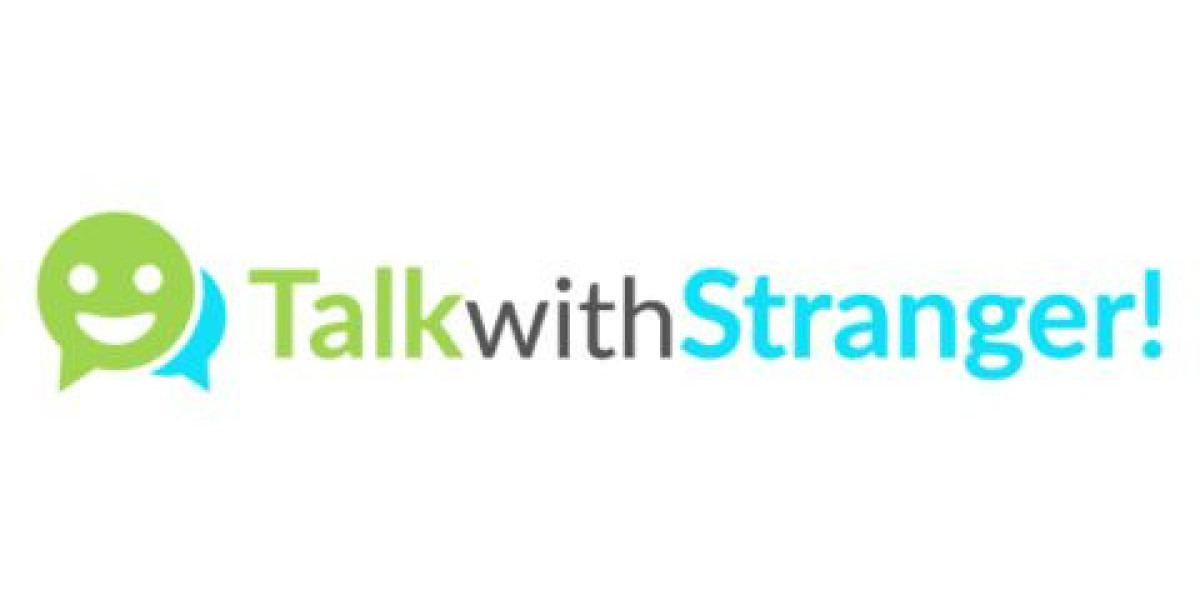What is FreeConferenceCall?
FreeConferenceCall is a popular online communication platform that offers free audio conferencing, video calls, screen sharing, and webinar services. As the name suggests, it allows users to conduct conference calls without paying any subscription or usage fees. It’s widely used by businesses, educators, religious groups, and individuals for staying connected across distances.
The platform has grown in popularity due to its ease of use, affordability (zero cost), and reliable performance. Whether you're hosting a virtual meeting with ten participants or a church service with hundreds, FreeConferenceCall offers a simple solution to connect without needing expensive tools or software.
How Does FreeConferenceCall Work?
The service is web-based and also offers desktop and mobile apps. Users sign up with an email, receive a dedicated dial-in number, and can start hosting meetings almost instantly. You can invite others by sending the dial-in number and access code. Participants don’t need to sign up—they simply call the number, enter the code, and join the meeting.
For video and screen sharing, users can use the desktop application or log in through the browser. The interface is simple and user-friendly, with key functions like muting, recording, chat, and screen share placed conveniently.
Features Offered by FreeConferenceCall
FreeConferenceCall isn’t just about audio conferencing. It offers a full suite of features that rival even paid services:
Audio Conferencing
The core feature allows for high-quality audio calls with up to 1,000 participants. It works over the phone, internet (VoIP), and even SIP calling. It’s stable, with minimal lag and interruptions, making it suitable for formal meetings.
Video Conferencing
You can host HD video calls with multiple participants, complete with screen layouts, camera controls, and background options. This makes FreeConferenceCall useful for online classes, business meetings, and remote interviews.
Screen Sharing
Share your desktop or a specific application window during the meeting. This feature is especially helpful for presentations, software demos, and collaborative tasks.
Call Recording
Record your calls or meetings for future reference. The recordings can be downloaded, saved, or shared via links. It’s an essential feature for webinars, lectures, and training sessions.
Chat and Messaging
The platform offers real-time text chat during meetings for quick notes, file links, or participant interaction.
Remote Desktop
The remote desktop tool allows another participant to control your computer (with permission). This is helpful for IT support, training, or collaboration on complex tasks.
Who Uses FreeConferenceCall?
The user base of FreeConferenceCall is incredibly diverse. It includes:
Small businesses that want to avoid the cost of paid conferencing platforms.
Educators and tutors who run online classes and group study sessions.
Churches and religious groups that host virtual sermons, Bible studies, and prayer meetings.
Nonprofits and community organizations holding remote board meetings or volunteer calls.
Remote workers and freelancers who require quick and reliable conferencing.
Its global access makes it especially valuable for international communication. Users from over 70 countries can dial in using local numbers, which reduces costs and increases accessibility.
Why Is FreeConferenceCall Free?
You might wonder, “How can such a powerful tool be free?” The company operates on a pay-what-you-can model. It suggests users donate what they believe the service is worth. This model has allowed it to grow while keeping services open to all, especially those who can’t afford paid alternatives.
FreeConferenceCall has proven that a service can be both free and sustainable by trusting the goodwill of its users. This model is particularly important in areas where access to communication tools can make a huge difference—such as schools in underdeveloped regions or grassroots organizations.
Advantages of Using FreeConferenceCall
Zero cost: No fees for usage, no subscriptions, and no hidden charges.
Ease of use: Set up in minutes and host meetings without any technical setup.
Reliability: Stable audio and video with consistent quality, even in large meetings.
Flexibility: Available on web, desktop, and mobile—works from anywhere.
Scalability: Suitable for both small group chats and large public meetings.
Global access: International dial-in numbers and support for multiple languages.
Limitations and Considerations
While FreeConferenceCall is powerful, it may not be suitable for every use case. Some limitations include:
No advanced integrations: It may not connect easily with project management tools or CRMs.
Interface simplicity: While easy to use, the interface lacks the polish of some premium services.
Dependent on internet quality: As with all VoIP services, performance can vary with bandwidth.
Support model: There’s basic support available, but advanced technical help may be slower compared to paid platforms.
Still, for most users—especially those looking for basic, reliable conferencing—FreeConferenceCall is more than sufficient.
How to Get Started
To begin using FreeConferenceCall:
Sign up with a valid email address.
You’ll receive your dial-in number, access code, and online meeting ID.
Download the app or use the browser version.
Start hosting meetings and invite others by sharing the details.
No credit card, no contract, and no technical skills needed.
FreeConferenceCall vs Other Platforms
There are many conferencing tools available today—Zoom, Microsoft Teams, Google Meet, Skype. So how does FreeConferenceCall compare?
Zoom offers polished video and integrations but charges for large meetings.
Microsoft Teams integrates well with Office products but is more suited for corporate use.
Google Meet is great for quick meetings but requires a Google account.
Skype is reliable but mainly used for 1-on-1 chats or small groups.
FreeConferenceCall stands out by offering everything for free, with no restrictions on meeting length, participant number, or usage frequency.
Use Cases and Real-World Applications
A teacher in a rural area can use FreeConferenceCall to deliver online lessons to dozens of students without cost.
A startup team can coordinate remotely without spending on tools.
An NGO can conduct international training without worrying about platform fees.
A family can host a reunion call with dozens of members from different cities or countries.
It’s a platform built for everyone—accessible, practical, and community-powered.
Conclusion
FreeConferenceCall is more than just a conferencing tool—it’s a movement for accessible communication. It breaks down financial and technical barriers, offering a complete set of tools for meetings, collaboration, and connection.
In a digital-first world, where communication is essential, FreeConferenceCall proves that not everything valuable has to come with a price tag. If you’re looking for a reliable, free, and easy-to-use conferencing solution, this platform is a powerful choice.
Explore FreeConferenceCall today and discover how simple, free communication can empower your work, community, and personal connections.





